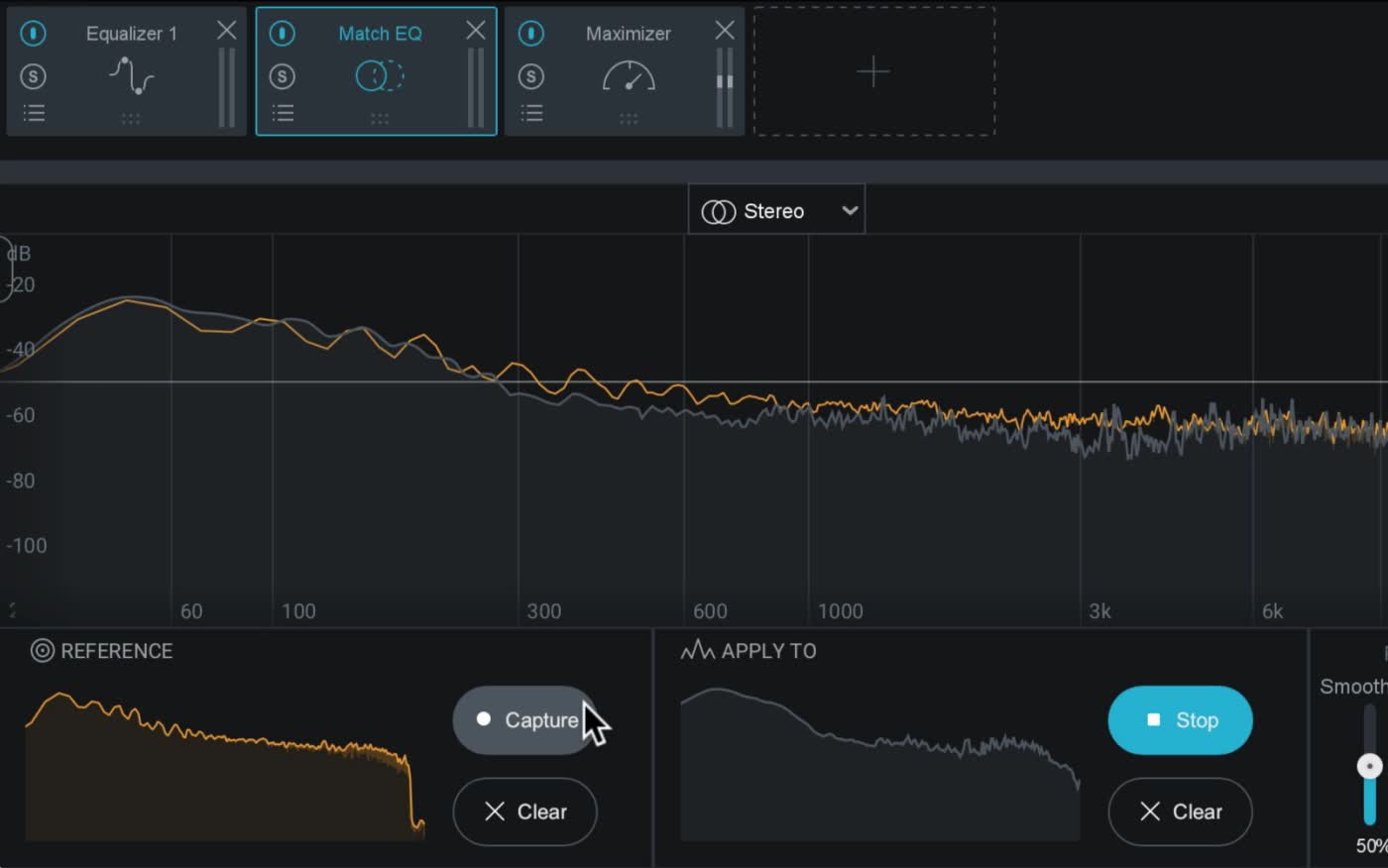

RMS or Peak detection options, and an optional Auto-Release help you dial up the most musical response. Depending on the mode selected, you’ll see either a histogram showing real-time gain reduction, or more traditional VU-style gain reduction metering.

The Compressor has a choice of modes-a more full-featured clean mode, and the more characterful Vintage mode (as per Ozone’s Vintage compressor), which adds some analog warmth and response. Each offers user-adjustable Crossovers (though another helpful “Learn” feature will optionally determine suggested settings for you), and the Compressor and Transient Shaper let you apply parallel processing on a per-band basis, as well. Except for the Filters, each band can be individually switched to Dynamic EQ mode, where boosts and cuts will only occur when the signal in that frequency range crosses a user-set Threshold (this can also be controlled via external sidechain-very useful when using the Masking Meter function).Īll of the other modules can be set up as either single-band or multi-band processors, with up to three user-configurable bands.

The EQ is a 12-band parametric design, with high- and low-cut Filters, high- and low-frequency Shelves (with several response curves, including one from the Pultec model from Ozone’s Vintage EQ), and 8 bands of peaking (bell curve) fully-parametric EQ. There’s also a Mix slider for each module, that lets you dial up parallel processing on a per-module basis. You can only have one of each processor (though the compressor is doubled up by design), but you can re-arrange the order of the processors, to taste, and enable or bypass each. The five main processor slots each contain a different processor, with two Compressor modules. Neutron is laid out as a Channel Strip, with five main processing modules, and a separate output section.įig 2 The basic layout of Neutron, with the five main processor slots (upper left), the main work area (lower left), and the output section (right). So what are the specifics Neutron provides for intrepid mixers in its arsenal of tools? The Processors And Neutron’s signature feature is the full-blown automatic analysis and mix setup provided by the Track Assistant, which automatically creates per-track mix settings-utilizing the plug-in’s excellent processing modules-based on intelligent analysis of the instrument type and specific audio in each track.
#Izotope neutron free#
There’s the terrifically convenient Masking Meter, which makes quick work of tracking down and alleviating problematic masking in a mix, and the built-in Neutrino processing (just as in their new free Neutrino plug-in), which applies Spectral Shaping for finishing, for a very subtle “lift” on each track. Those features offer both novice and experienced mixers some extremely useful tools for mixing. But hidden away beneath the surface are several surprises-Neutron provides a number of intelligent analysis, display, and auto-mix features that lift it well above the crowd. With either version you have a flexible arrangement of processing modules, an output Limiter, and even an option to run in Zero-Latency mode. It’s available as a regular and an Advanced version-Neutron Advanced includes additional separate plug-ins for each of the included processors, along with surround capability. On the surface, Neutron appears to be an ordinary-if especially full-featured and good-sounding-Channel Strip plug-in (intended specifically for per-track use rather than master bus applications).


 0 kommentar(er)
0 kommentar(er)
